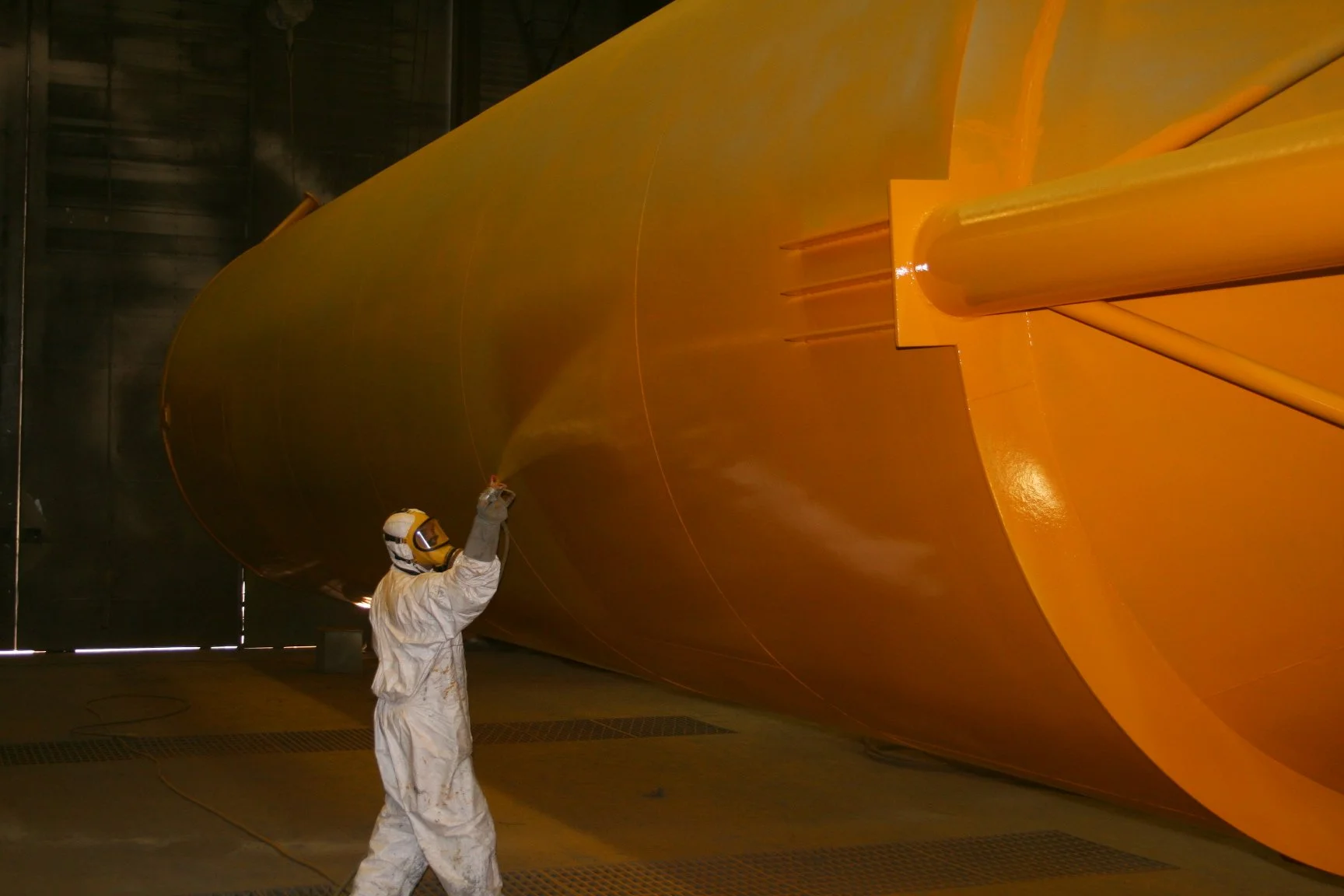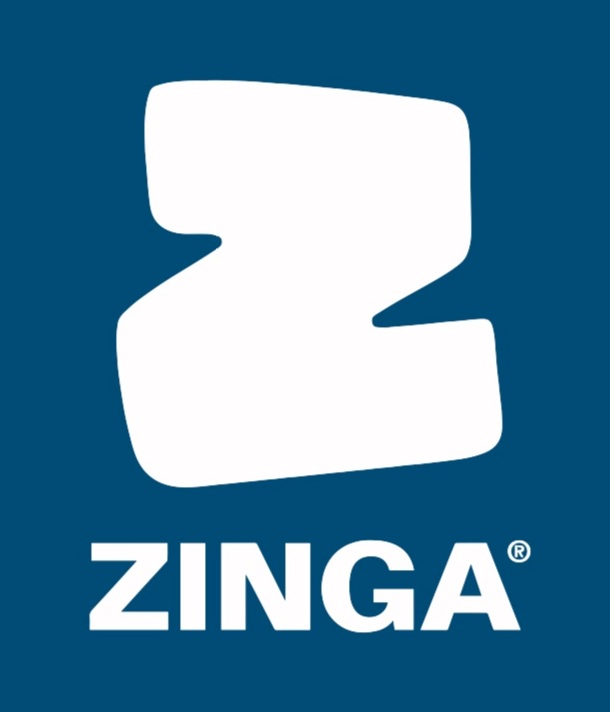
Once thoroughly mixed, ZINGA® can be applied by using a normal paintbrush, a short-fibre roller (not for the first coat) or a conventional or airless spray-gun. When applying ZINGA®, it must only be thinned with Zingasolv, which is available from your nearest distributor. Please read the appropriate Data Sheet.
ZINGA® can be applied in a wide variety of weather conditions. The application surface temperature range is from -15°C to +40°C, with a maximum humidity of 95% so long as the steel temperature is 3°C above dew point. Like all coatings the substrate surface should be free from all types of contamination.
The broad range of allowable application conditions that ZINGA® affords means that very few days are lost during projects due to poor weather i.e. the maintenance window is extended. This, combined with ZINGA®‘s unlimited shelf life, ensures minimal wastage of either time or materials during a project.
SURFACE PREPARATION
NEW METAL SURFACES
Steam-clean or high-pressure wash-down all surfaces, followed by a grit or slurry blast to SA 2.5 to obtain a roughness degree Rz 50 to 70.
OLD, PREVIOUSLY GALVANISED, PAINTED AND/ OR RUSTY SURFACES
Steam-clean or similar to remove all contamination from porous surfaces. Allow to dry off and blast-clean as normal.
GALVANISED AND ZINGANISED STEEL IN (FAIRLY) GOOD CONDITION
Steam-clean the surface, followed by a light sweep blast to remove the zinc salt layer.
SURFACE PREPARATION WITH LASER CLEANING
Recent testing has concluded that laser cleaning devices such as LASERFLUX, are a suitable method of preparing steel and HDG surfaces for the application of ZINGA. The tests concluded that by doing so, these Zinganised surfaces can still achieve a life expectancy of 15 to 25 years.
For more information about the tests and to see the full results, refer to the report below.
DRYING TIME
ZINGA is touch dry and dust-free in about 10 minutes at 20ºC (40 μm DFT).
It can be over coated with a new layer of ZINGA 1 hour after touch dry. ZINGA with a compatible topcoat can be over-coated with a compatible paint after 6 to 24 hours, depending on drying conditions. To overcoat ZINGA, use a mist/full coat technique.
For more information on how to apply Zinga please refer to General Guide for Using Zinga and the Zinga Decanting and Stirring Instructions.
ZINGA RELOADING
Another of ZINGA's unique characteristics is its ability to re-liquidise when a new coat of ZINGA is applied onto an existing ZINGA layer, to form a single homogeneous layer. This ensures a massive cost saving in ongoing maintenance, because the old ZINGA layer does not need to be removed before re-coating with a new ZINGA layer (a removal of contaminants is required though).
WATER SATURATION
The performance of ZINGA as a unique system (without any form of topcoats) can be altered by using the technique of water saturation which, if done correctly, can; accelerate the formation of zinc salts and carbonates on the surface that offer a barrier of protection, make the coating harder (leading to a better abrasion resistance) and avoid the formation of dark spots on a freshly Zinganised surface due to rain or humidity. To learn more about this technique or how it should be done, refer to the Specification Sheet.
DIPPING ZINGA
Dipping steel structures in a bath of ZINGA is an efficient method for coating small or complex items such as bolts, pipes, grids, and chains. This process minimizes waste and reduces environmental impact, making it cost-effective. However, careful assessment of all aspects of the dipping process is essential to ensure proper application and optimal galvanic protection of the ZINGA layer.
WELDING ON ZINGA
The welding of steel coated with ZINGA (max. 60 μm DFT) is possible without excessive zinc fumes because the heat of the approaching weld bead burns off the organic binder well below the melting point of zinc. The remaining zinc dust is removed from the weld zone by convection leaving the weld-area free from contamination.

